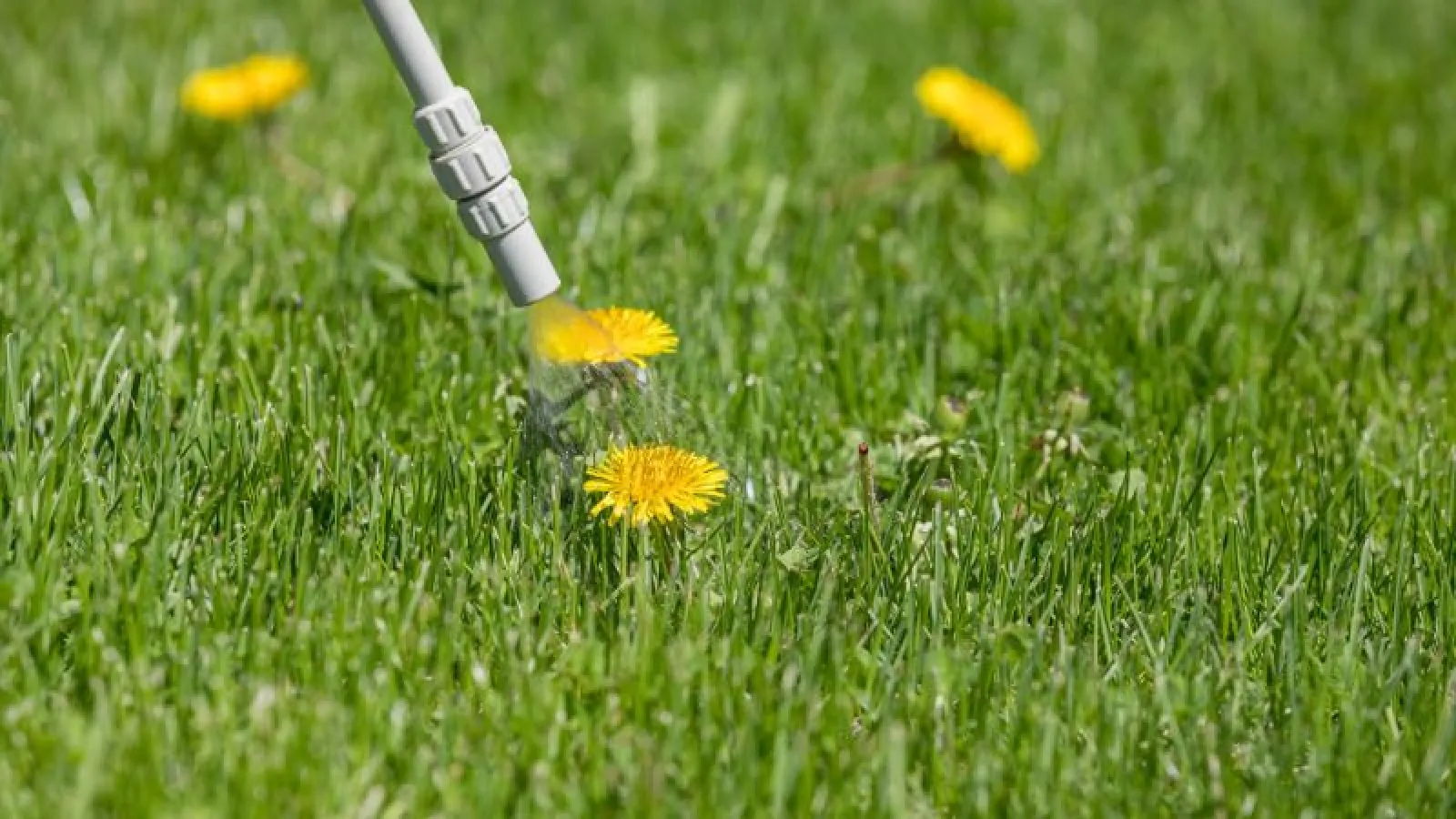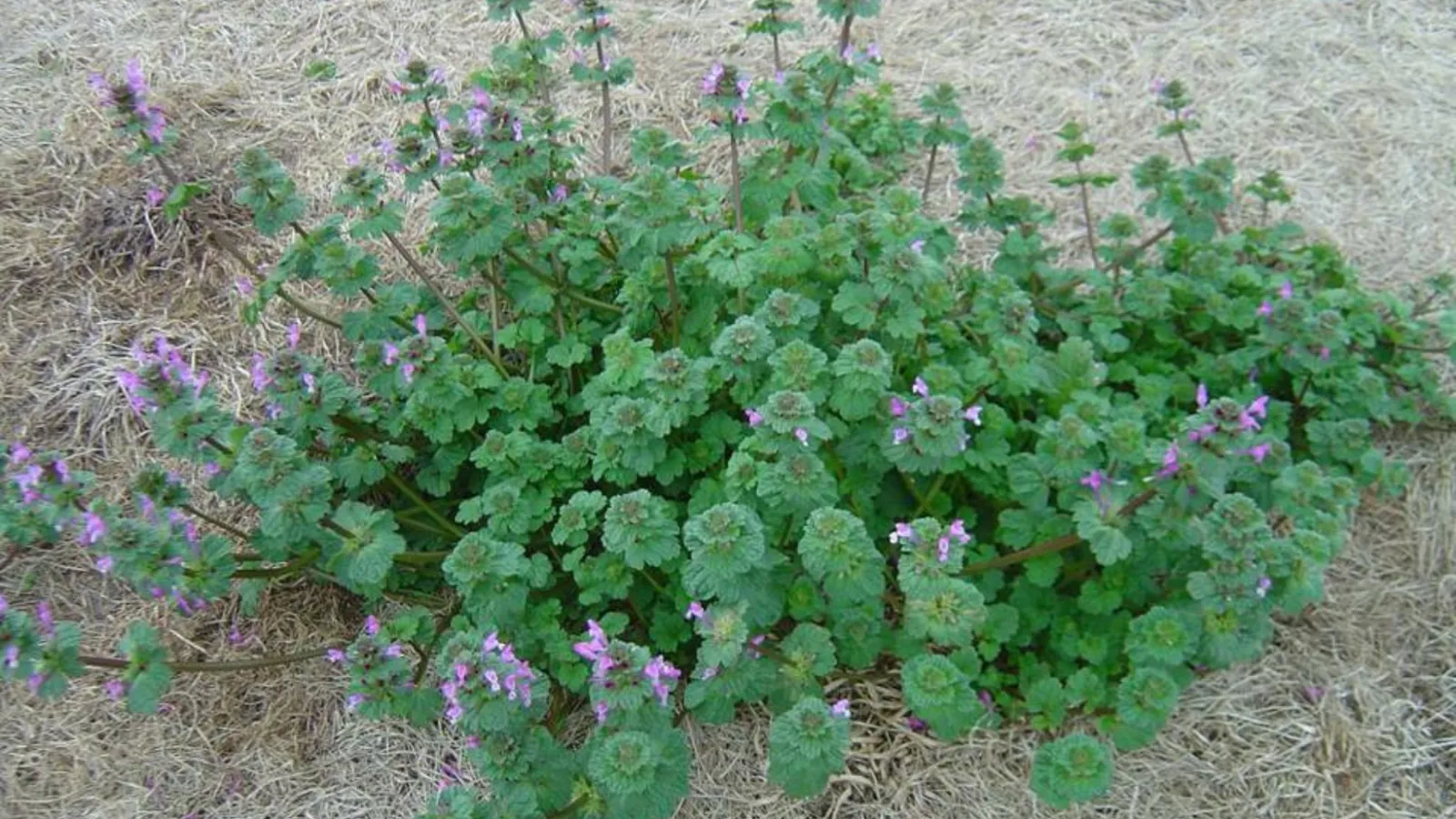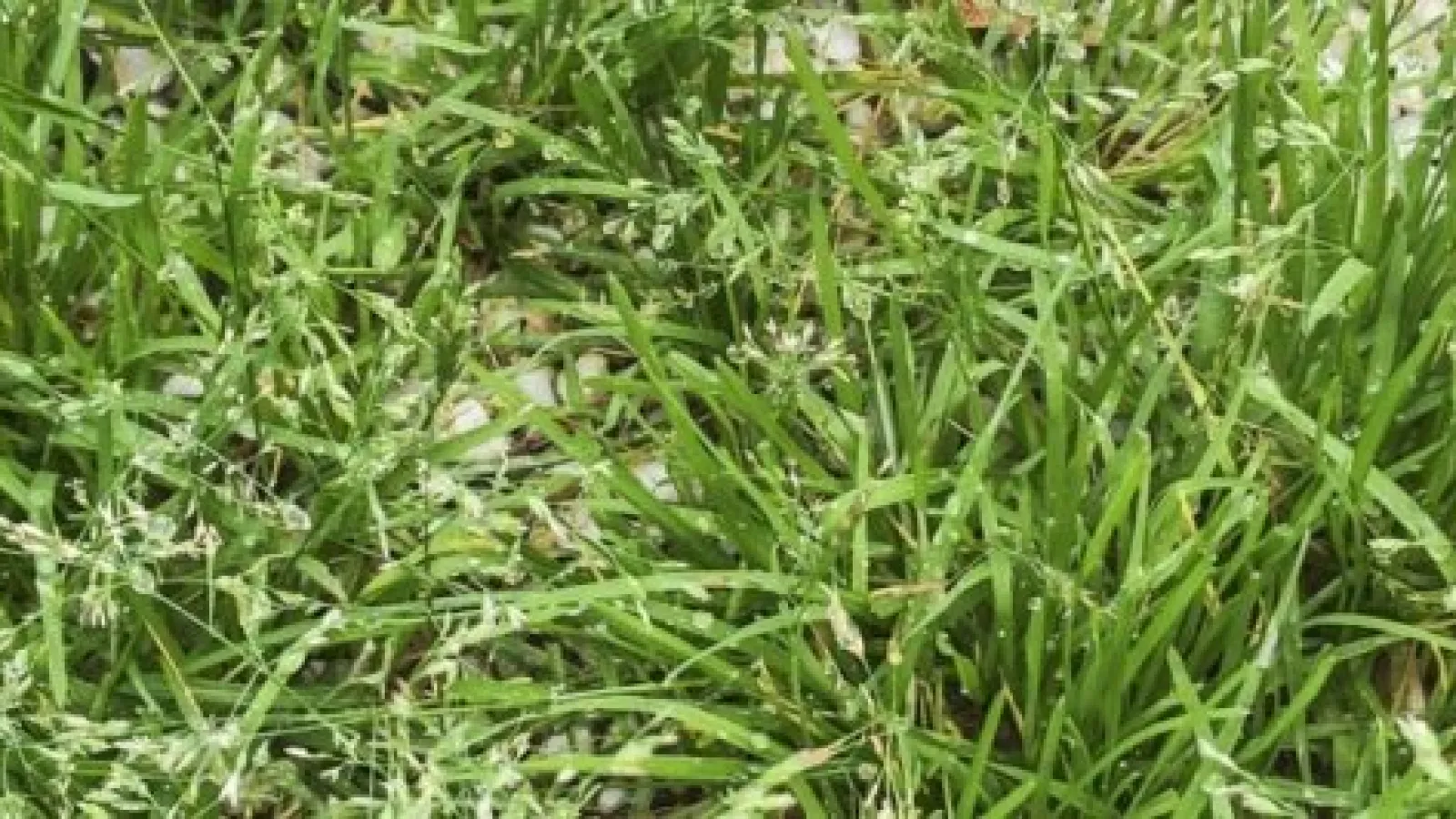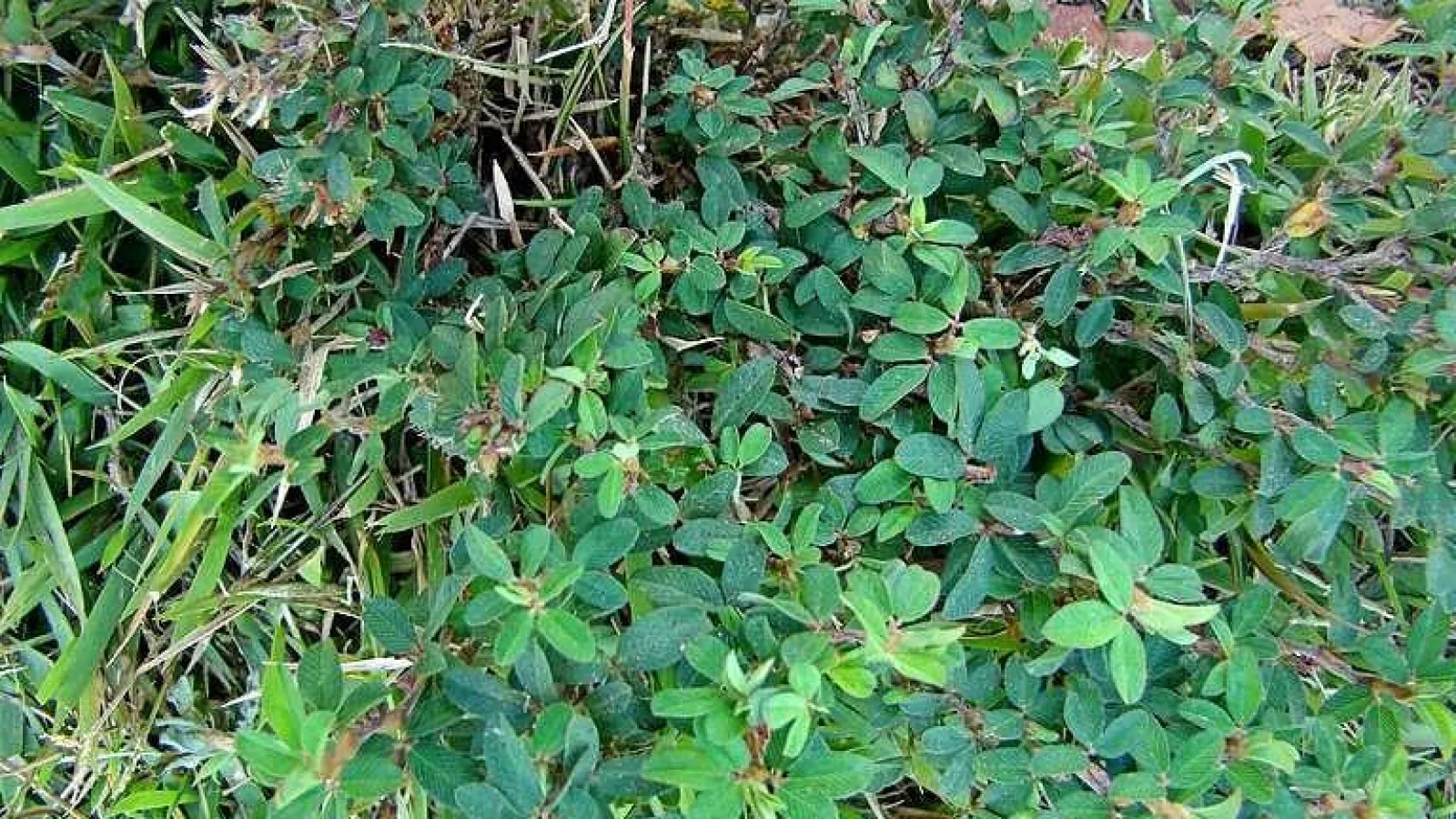
Controlling Weeds Now Is A Must For A Beautiful Lawn In The Spring
The milder temperatures of our Southern winters offer an ideal climate for many troublesome weeds to flourish. Even though lawns may be dormant, many weeds are just becoming active. There are several types of winter weeds: annual grassy weeds, annual broadleaf weeds and perennial broadleaf weeds.
All winter annual weeds are best controlled in the fall when they are actively growing. Winter annuals, both grassy and broadleaf, germinate and develop in the fall, overwinter as plants, mature in the spring, flower, set seed, and then die in late spring or early summer. Their life span is usually less than one year, but they can come back from seed the following year. To ensure their survival, most annual lawn weeds produce an enormous amount of seed. Here’s some information on common winter annual weeds.
Poa Annua
Poa annua, also known as annual bluegrass, is one of the most common winter annual grassy weeds.
- Fuzzy seed stalk
- Visible in spring
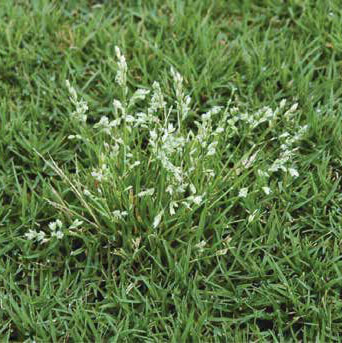
Poa annua displaces dormant turf grass when it germinates in early fall. But it really rears its ugly head in the spring—this is when we see the fuzzy seed stalks. If you have these weeds in your lawn, when they die in the spring, your lawn will have to work really hard to fill in the bare spots left behind.
Because Poa annua is in the grass family, it can be challenging to control by the “do-it-yourselfer.” It can also produce several hundred seeds in one season that can lay dormant for several years before sprouting. Pre-emergent weed control prevents Poa annua seeds from germinating and sprouting.
Henbit
Henbit is a common winter annual broadleaf weed.

- Square stems
- Leaves positioned opposite each other on stem
- Slender, tube-shaped pink flowers
- Spreads by seed
Henbit grows upright in moist soil and can grow as tall as 12” by mid-spring. Henbit does best in thin or poor-quality turf, so having a thick, dense turf is your best weapon for control.
Common Chickweed
Though we know common chickweed as a winter annual weed that prefers moist lawns, it is also a starter food for young chickens—hence its name.

- Grows best in shaded areas
- Smooth stems and leaves
- Grows in mounds 5-7” tall
- Small, white flowers
It is common to see chickweed growing in gardens, mulch beds under trees or in the shady parts of a lawn. It has good tolerance to cold and can survive in temperatures below freezing. Because of its shallow root system, it can easily be pulled by hand.
Common chickweed flowers grow in clusters and bloom February and March—they are dead by May. But like other winter weeds, chickweed is best controlled in the fall with pre-emergent herbicides.
Proper preventative control for these weeds in the fall and winter helps to ensure you will have a beautiful lawn in the spring. Most lawn weeds don’t like competition, so in addition to pre-emergent herbicides, a thick turf is a great defense against weeds.
If you have issues with any of these common winter weeds or want to take preventative action, contact Turf Masters today. We can help.
Photo credits: UF/IFAS Extension Office, turfmagazine.com and lawn-care-academy.com
